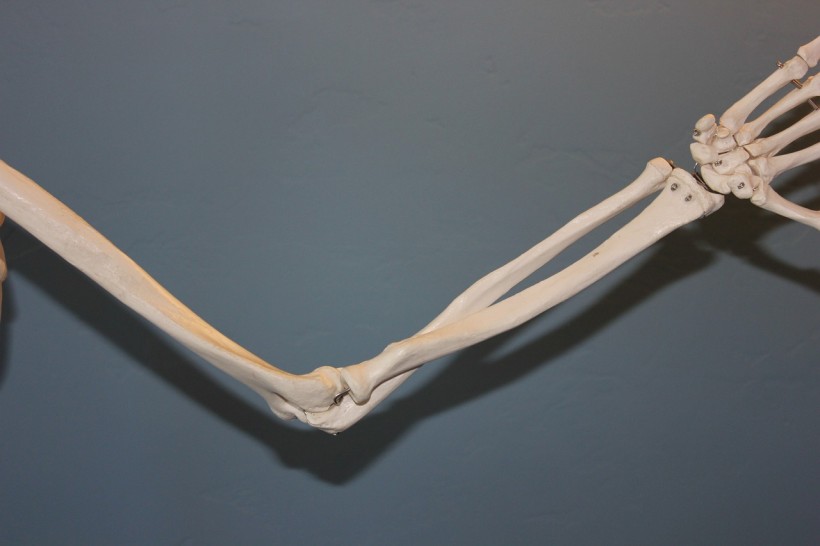Researchers from NYU Grossman School of Medicine reveal that a crucial cellular signal for skeletal development increases during aging, leading to bone weakening. The study demonstrates that inhibiting the Notch signaling pathway in aging skeletal stem cells results in a significant surge in bone mass and restores bone-healing ability.
Published in Bone Research under the title "Loss of Notch Signaling in skeletal stem cells enhances bone formation with Aging," the findings shed light on the impact of Notch signaling loss on bone health.

Blocking Stem Cell Signaling Boosts Bone Mass and Healing in Aging Mice, Study Reveals
Role of Skeletal Stem Cells and Notch Signaling in Maintaining Bone Health
Bones possess a unique ability to fully regenerate without leaving scars, thanks to skeletal stem and progenitor cells (SSPCs) residing in the bone marrow. These cells, characterized by their plasticity, act as blank slates capable of transforming into various cell types, such as osteoblasts for bone formation or adipocytes for energy storage.
This balance is crucial for maintaining healthy bones throughout life. However, aging disrupts this equilibrium, leading to a bias towards fat cell development over bone-forming cells, resulting in weakened and imbalanced bones susceptible to damage.
On the other hand, the Notch signaling pathway, crucial in early skeletal development, determines cell fate and function. Comprising a family of receptors (Notch1-5), this pathway facilitates communication between cells. During initial development, this pathway is upregulated to kickstart skeletal formation, with alterations or dysfunction associated with skeletal disorders.
Although the Notch pathway remains active throughout life, it is most crucial in early developmental stages. The aging process and disruptions in Notch signaling contribute to imbalanced bones, emphasizing the pathway's significance in maintaining bone health and regeneration.
Therapeutic Insights on Notch Pathway in Age-Related Bone Changes
Dr. Sophie Morgani and her colleagues focused on the Notch pathway due to its role in bone formation and cell fate in understanding age-related changes in the bone marrow. Bone samples were taken from two groups of mice-young adults (3 months old) and middle-aged (12 months old)-to identify factors in the progression of bone aging rather than the result of an irreversibly aged skeleton.
The middle-aged mice exhibited a higher fat tissue proportion in the bone marrow, indicating a bias toward adipose cell development in skeletal stem cells. Tests on gene expression in the bone marrow confirmed the upregulation of key Notch signaling components during aging, as evidenced by both transcriptional and epigenetic tests.
First author Lindsey Remark, MD, PhD, noted the potential therapeutic avenues to counter age-related bone loss by manipulating downstream effectors for Notch signaling in skeletal stem cells. To explore the impact of dysregulated Notch signaling on skeletal stem cells, the researchers genetically engineered mice to lack nicastrin, a protein activating Notch signaling.
Mice lacking nicastrin exhibited reduced fat in the bone marrow, increased bone mass surpassing young mice levels, and restored bone healing, presenting a potential strategy against age-related bone degeneration.
The study cautions against wholesale blocking of the Notch pathway due to its broad involvement but proposes targeting the relatively specific protein Early B-cell Factor 3 (Ebf3) downstream of Notch as a selective strategy for treating age-related bone deterioration.
RELATED ARTICLE: Bone Health Improvement: New Study Suggests Eating Lots of Cheese as Effective Approach
Check out more news and information on Medicine and Health in Science Times.














